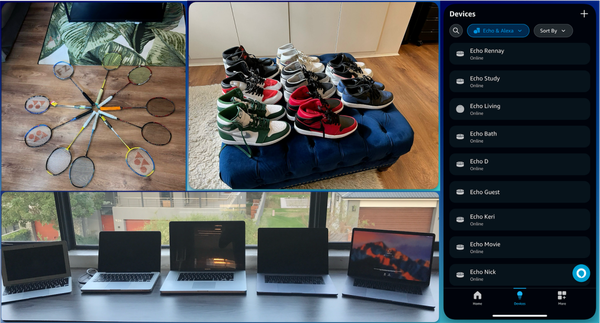Cloud Infinity: The People Stone

Marvel fans will immediately identify with the concept of "Infinity Stones". Essentially, these are powerful gems, when united, provide almost unlimited capability. From review of a number of Cloud migration projects, I have identified the "Infinity Stones", which if harnessed correctly, will enable a successful implementation. In this article, I present the "People" stone. From my observation, this element is generally cast into the shadows by the more hyped and popular "Technology" stone. I would contend that all stones are of equal importance and having a plan to address the potential and unique challenges of each stone is key to harnessing its power.
Challenge #1: Focus. Migration projects pose an interesting challenge. There is an "As-Is" and "To-Be" state which must always be considered until the migration is done. The "As-Is" environment always takes priority - because it carries live, production workloads. Enterprises typically assign staff who are currently managing an "As-Is" (on-premise) platform to assist with the "To-Be" (Cloud) migration. There could be various reasons for this: to up-skill existing personnel, budget constraints, familiarity/experience with the application(s) to be migrated. Unfortunately, attention could be diverted to essential "business-as-usual" activities and resolving mission-critical "priority one" issues. The ripple effect is a delay of the migration effort. Context-switching will also impact delivery efficiency.
Solution: Identify and eliminate "key-person" dependencies early in the project planning phase. No self-respecting Architect would ever design a production system without High-Availability. In the same way, having just one person in the team with all domain knowledge, is a single point of failure. In the event of an issue with the "As-Is" platform, work can still continue on the "To-Be" project. Before the migration begins, draw up a map of key roles and people. Then simply run "what-if" scenarios to identify the impact if a specific person was away for an extended period of time. In much the same way that scuba divers work in pairs, implement a "buddy/shadow" system to allow someone to step in.
Challenge #2: Employee Key Performance Indicators (KPI). Existing staff members who participate in Cloud migration projects may be primarily assessed on the health and availability of the "As-Is" environment. This will invariably keep their attention and focus on this environment as it will ultimately result in a higher performance rating which is typically linked to a higher financial reward.
Solution: To show the priority and importance of the migration to Cloud, organisations must revise staff performance targets to include migration milestones. For example: incentives can be introduced, linked to the number of servers/applications successfully migrated. Care must be taken when updating performance objectives to include "Cloud KPIs". It is important that this is done as a conversation instead of as a commandment. This is a change management exercise for platform owners and administrators who are accustomed to KPIs for a well-known domain.
Challenge #3: Cloud Skills. Some time ago, I gave a talk at a Cloud event about my Certification journey. The metaphor I used was that certification was like getting your driver's license. I have been teaching my teenage daughter how to drive and on quiet roads and low speeds, she demonstrates uncanny lane control. I am quite certain that she could easily master the parking requirements for the driver's test. However, a critical exercise would be for her to get onto a road with real traffic before she gets her license. In much the same way, the full potential of a Cloud certification will only be unlocked with practical, hands-on experience.
I have also observed many people waiting for formal "Cloud training" to get started. The blunt truth is that training - be it classroom-based, virtual or even viewing online video content (such as Udemy), without hands-on experience, is as effective as watching someone else exercise and believing you're the one losing the weight.
Solution: There are many ways to gain hands-on experience. One popular mechanism which many organisations use is a "Sandbox" account. These are special, cordoned off accounts, often with well-defined thresholds and services where employees can experiment in a controlled environment. Limits can be set to control cost and created workspaces are available for a specific time period. Cloud providers also provide Immersion/Game Days. These are typically hands-on workshops, during which participants follow a tutorial or guide to achieve a specific objective. Expert support is on hand for the duration of the event to help with any technical issues. Once basic and intermediate proficiency has been achieved, the next step is a Bootcamp. As the name suggests, this is a "production-like" environment, which will simulate various error conditions and scenarios. Teams can use this as an opportunity to not only boost troubleshooting skills, but also to verify or document operational procedures.
I would like to highlight that these challenges and associated solutions are by no means an exhaustive list. I hope it provides some insight into the reason why the "People" element of a Cloud migration is so critical and that it encourages more focus and attention. If you have any thoughts, experiences or insights regarding the above, I would love to get your feedback.
Note: I work at Amazon, but this is my own opinion.



